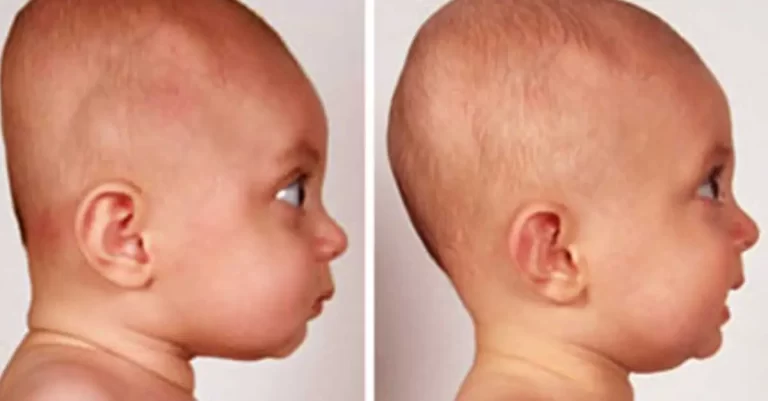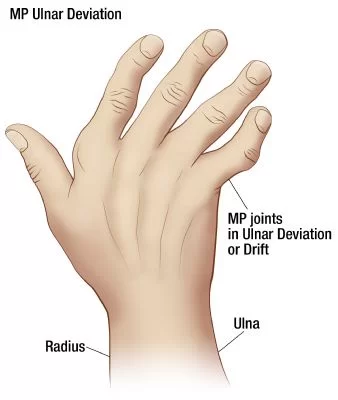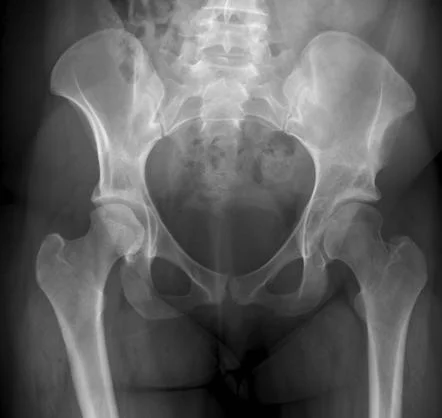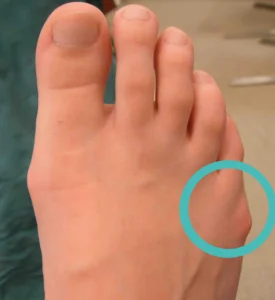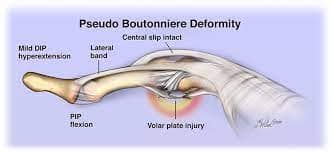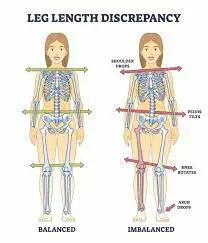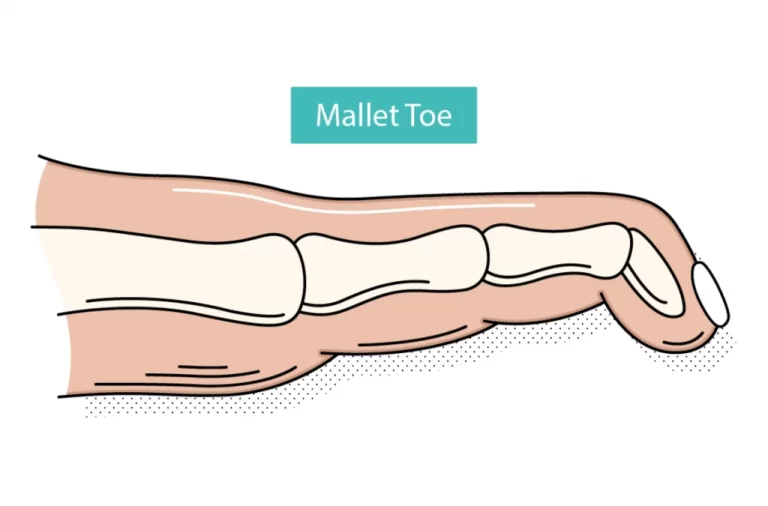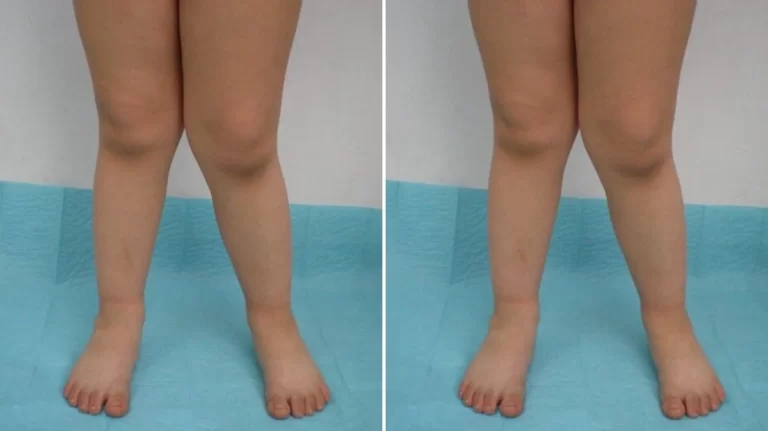Flat Head Syndrome
What is a Flat Head Syndrome? Flat head syndrome, also known as positional plagiocephaly, is one of several forms of skull deformations that fall under the general name “plagiocephaly.” If your infant has flat head syndrome, its head will be malformed or develop a flat patch, making it appear like a parallelogram from above. When…

